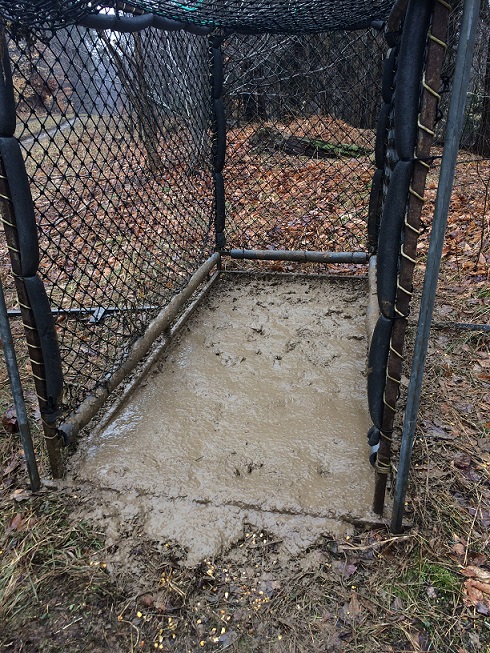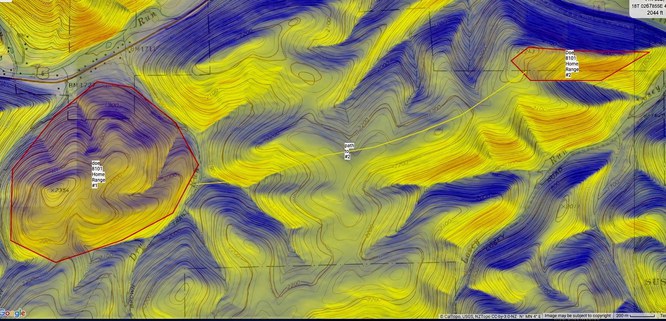I like the saying about March – “In like a lion, out like a lamb.” If only because it suggests there is hope for warmer weather.
But the fact is March can do the opposite or even something completely different. It makes it interesting studying deer.
Trapping this time of year requires that our technicians contend with more variables. A March snowstorm can dump a foot of snow that might shut down travel on forest roads for a couple of days. Then as the snow starts to melt it soon becomes icy in the morning and a sloppy mess by lunchtime. That icy snow can reduce deer movements.
No snow and 60-degree temperatures lead to mudbaths when handling deer in traps.

Even if you’re not a deer trapper, you should notice that deer are now out feeding more during daylight hours. If you’re driving on I-80 (or any east-west route) look to the south-facing embankments. That’s where the deer are feeding because the snow is gone and the soil warms and plants start to sprout.
Remember that the average female was bred November 13th the previous year. Those pregnant females are halfway through gestation. Embryos are growing faster now and require the female to consume more food. By the end of May (3 months from now) half the fawns will be born!
The fact that deer are seen more along road embankments this time of year brings me back to a post I wrote last year about a doe who annually took March vacations.
Click on the link to her story to at least to view the maps of where she traveled. I speculated that she made the March trek because the destination was south-facing and likely greened up faster than the forest in her home range (on top of a hill). Of course, we have no proof that is the case.
Well Russ Guthrie, an avid reader, took my comment a step further and made a map of aspect and the sun angle in March and overlaid her home range.
Aspect is a combination of slope (steepness) and direction. South-facing aspects are warmer and drier and north-facing aspects are cooler and wetter.
In the image below orange is warm and blue is cold. You can see that the spot she visits in March (to the east) receives more sun energy than the home range in the west where she spends most of the year.

How did she come to travel several kilometers for a 2-week vacation every year? No idea, but it probably was learned.
In my pole barn the starlings and house sparrows are establishing territories and looking over potential nest sites, as are the pigeons. Several weeks ago I watched a red-tailed hawk fly over my field with nest material in its talons.
It may still be brown and leaf-less everywhere, but spring is on its way whether March leaves like a lamb or a lion.
-Duane Diefenbach
If you would like to receive email alerts of new blog posts, subscribe here.
And Follow us on Twitter @WTDresearch
